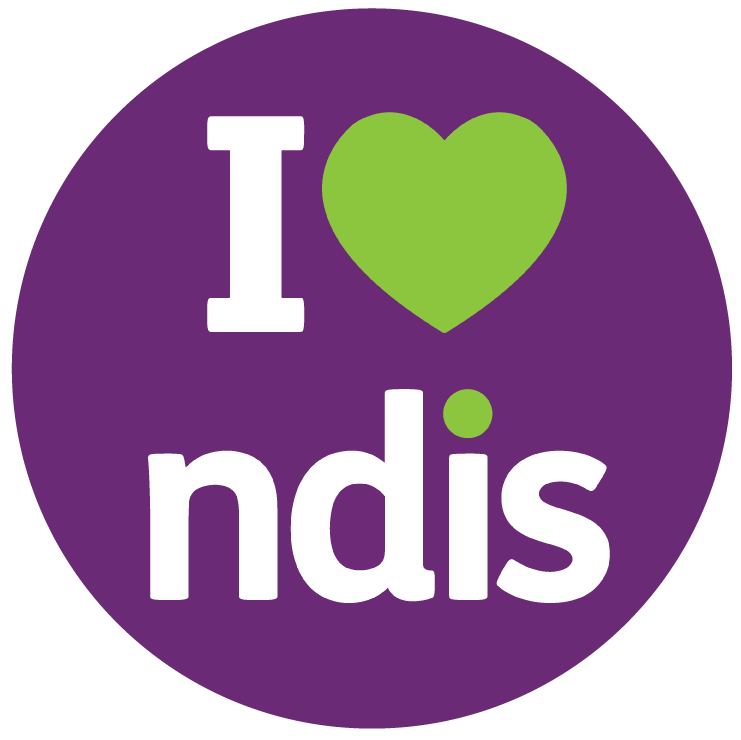For families and individuals living with level 2 spectrum autism, accessing the right support under the National Disability Insurance Scheme (NDIS) begins with a strong functional capacity report. This report plays a crucial role in determining the type and level of support a participant can receive.
A well-prepared functional capacity report provides clear evidence of how autism affects daily living, communication, social interaction, and independence. It helps ensure that your plan aligns with your real-world needs — which directly impacts your NDIS funding for autism.
In this guide, you’ll learn what makes a strong report, how to prepare it, and what details to include to improve your chances of receiving the right supports through the scheme.
Understanding Level 2 Spectrum Autism
Autism is described across three levels of support needs — Level 1 (requiring support), Level 2 (requiring substantial support), and Level 3 (requiring very substantial support).
People with level 2 spectrum autism often face greater challenges in communication, social behaviour, and adaptive functioning than those at Level 1. They may struggle with changes in routine, interpreting social cues, or maintaining independence without consistent support.
This is why having a detailed functional capacity report is vital — it paints an accurate picture of a person’s abilities and the supports required to help them thrive.
What Is a Functional Capacity Report?
A functional capacity report is a professional assessment that describes how a person’s disability impacts their everyday life. For participants with autism, it outlines the person’s strengths, challenges, and the level of assistance required across key life domains such as communication, mobility, social interaction, and self-care.
NDIS planners and assessors use this report to determine the appropriate NDIS funding categories and supports. Essentially, it’s your evidence to justify why specific services and funding are necessary.
Why It’s Essential for Autism NDIS Funding
For individuals with level 2 spectrum autism, the functional capacity report influences decisions around:
- The amount of NDIS funding for autism allocated
- Which funding categories apply to their support plan
- Whether the participant needs ongoing therapy or assistive technology
- Access to behaviour supports, communication training, or community participation programs
A comprehensive and accurate report can make the difference between receiving limited support and accessing the full range of services that help you reach your goals.
Who Should Complete the Report?
The best functional capacity reports are completed by qualified professionals who understand both autism and NDIS requirements. These may include:
- Occupational therapists
- Psychologists
- Speech pathologists
- Physiotherapists
- Behavioural therapists
Each professional focuses on different areas of functioning, providing a complete overview of how autism affects the individual’s day-to-day life.
Key Elements of a Strong Functional Capacity Report
When building your report for level 2 spectrum autism, it’s important to include detailed, evidence-based information. Below are the essential components to cover:
1. Participant Background
Start with personal details, diagnosis confirmation, and the participant’s goals. This section should also include a brief description of daily routines, school or work life, and social interactions.
2. Functional Impact of Autism
Describe how autism affects each aspect of daily living, such as:
- Communication – Difficulty initiating or maintaining conversations, understanding tone, or interpreting non-verbal cues.
- Social interaction – Limited interest in peers, trouble forming relationships, or challenges adapting to social situations.
- Self-care – Needing help with personal hygiene, meals, or dressing.
- Mobility and coordination – Sensory sensitivities or challenges with fine and gross motor skills.
- Behavioural regulation – Repetitive behaviours, anxiety, or meltdowns during change or stress.
This section should clearly demonstrate the functional limitations that justify the need for NDIS support.
3. Assessment Tools and Results
Use standardised assessment tools to provide measurable data. Examples include:
- Vineland Adaptive Behaviour Scales
- Adaptive Behaviour Assessment System (ABAS)
- Sensory Profile
- Social Responsiveness Scale (SRS)
The results help quantify the participant’s level of support needs compared to peers of the same age.
4. Recommended Supports and Interventions
Link each identified challenge with a recommended support or therapy. For example:
- Speech therapy for communication and social understanding
- Occupational therapy for daily living and sensory regulation
- Behavioural therapy for emotional management and routines
- Support workers for community participation and personal care
Each recommendation should include frequency, duration, and expected outcomes. This ensures that NDIS planners understand the necessity of the funding requested.
5. Connection to NDIS Funding Categories
Make clear links between your recommendations and NDIS funding categories, such as:
- Core Supports – Assistance with daily activities and community access
- Capacity Building – Therapy, skill development, and behavioural support
- Capital Supports – Equipment, assistive technology, or home modifications
When each support aligns with a category, it increases the likelihood that the funding will be approved.
Common Mistakes to Avoid
Many participants miss out on essential funding because their reports lack detail or clear justification. Avoid these common mistakes:
- Using vague language instead of specific examples
- Failing to show how autism affects daily functioning
- Not linking supports to measurable goals
- Omitting professional assessments or data
- Submitting reports that are too generalised
A strong report uses clear evidence, specific examples, and measurable outcomes to demonstrate why funding is needed.
Level 1 vs Level 2 Autism: Why Reports Differ
While NDIS funding forautism level 1 participants focuses on early intervention or light supports, those with level 2 spectrum autism usually require substantial, ongoing support. The report for Level 2 should reflect higher assistance needs in communication, self-management, and community engagement.
NDIS planners must see this distinction clearly, as it determines the scale and duration of funding required.
How Professionals and Plan Managers Can Help
Creating a detailed report can be overwhelming. That’s why engaging professionals familiar with NDIS requirements is essential. They know how to:
- Collect the right evidence
- Write reports using NDIS-compliant language
- Link findings to relevant funding categories
- Recommend appropriate services
Plan managers, like Axial Plan Management, ensure your supports are paid on time and help you manage your budget effectively. With the right combination of clinical and financial expertise, your plan remains both compliant and easy to manage.
Conclusion
A strong functional capacity report is the key to unlocking the right NDIS funding for autism, especially for individuals with level 2 spectrum autism. It provides essential evidence that guides planners in allocating funds under the right NDIS funding categories.
When done properly, this report ensures participants receive ongoing, meaningful support tailored to their needs. For families navigating this process, expert assistance from professionals and plan managers such as Axial Plan Management can make all the difference — helping you build a clear, accurate, and persuasive report that secures the supports you deserve.


